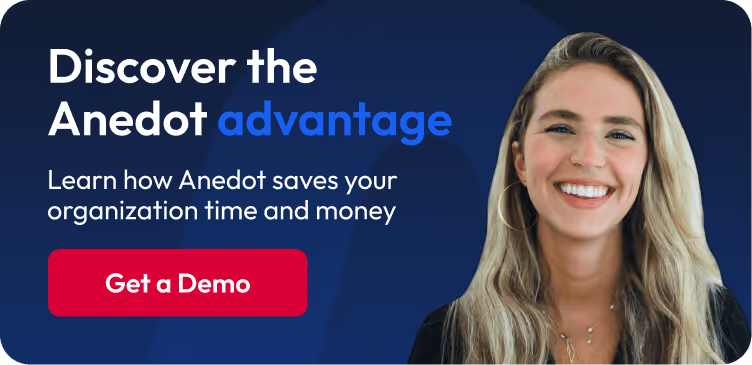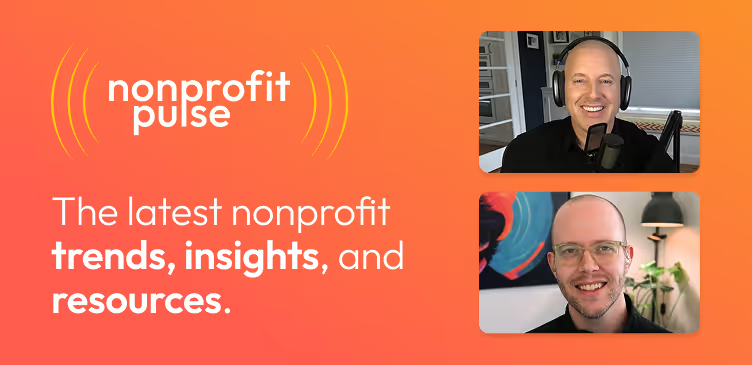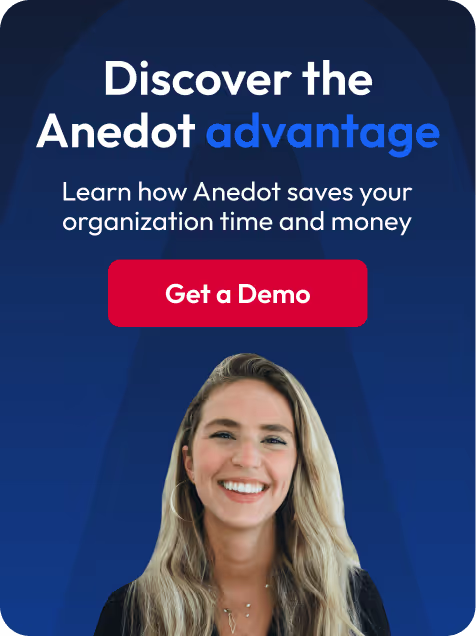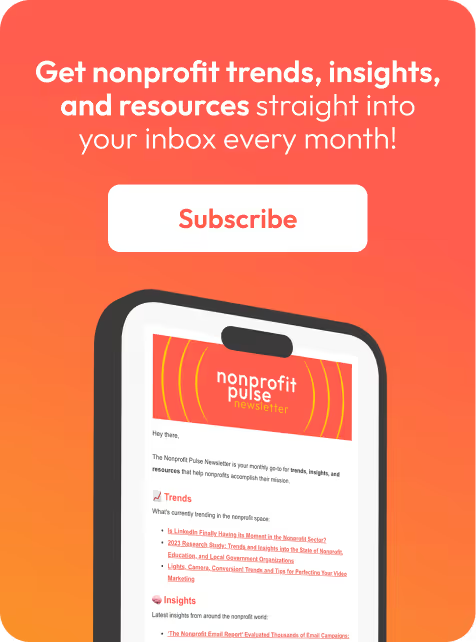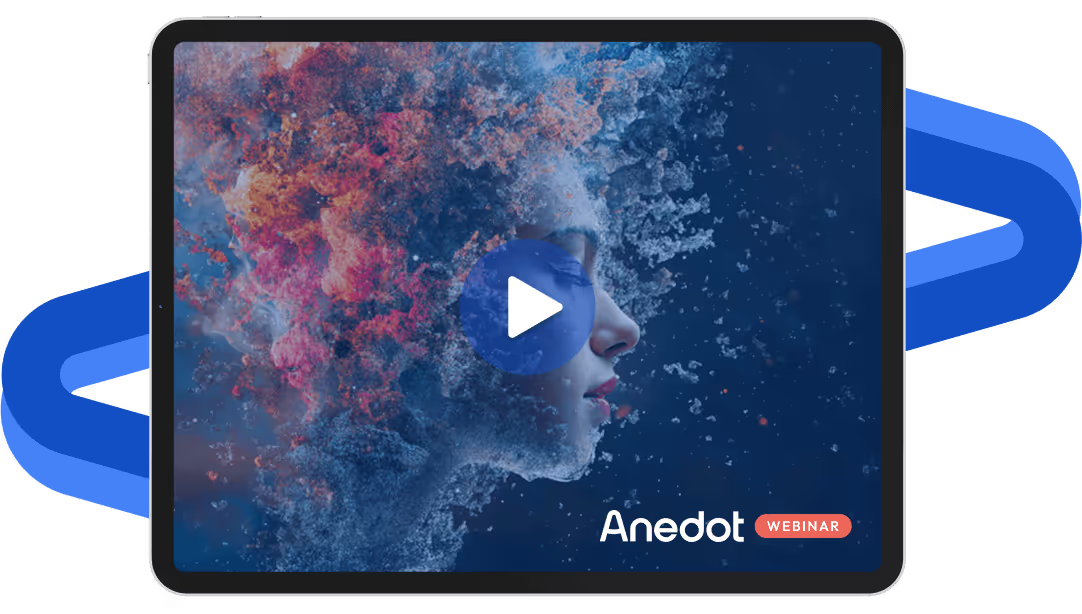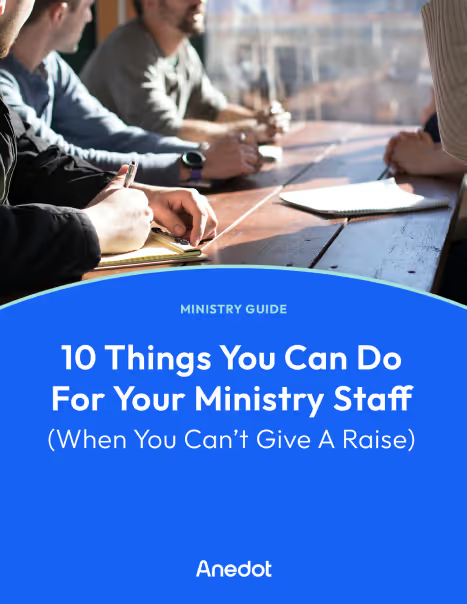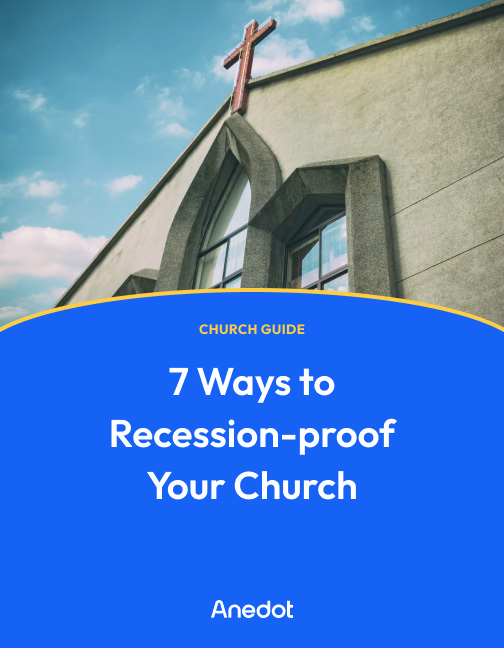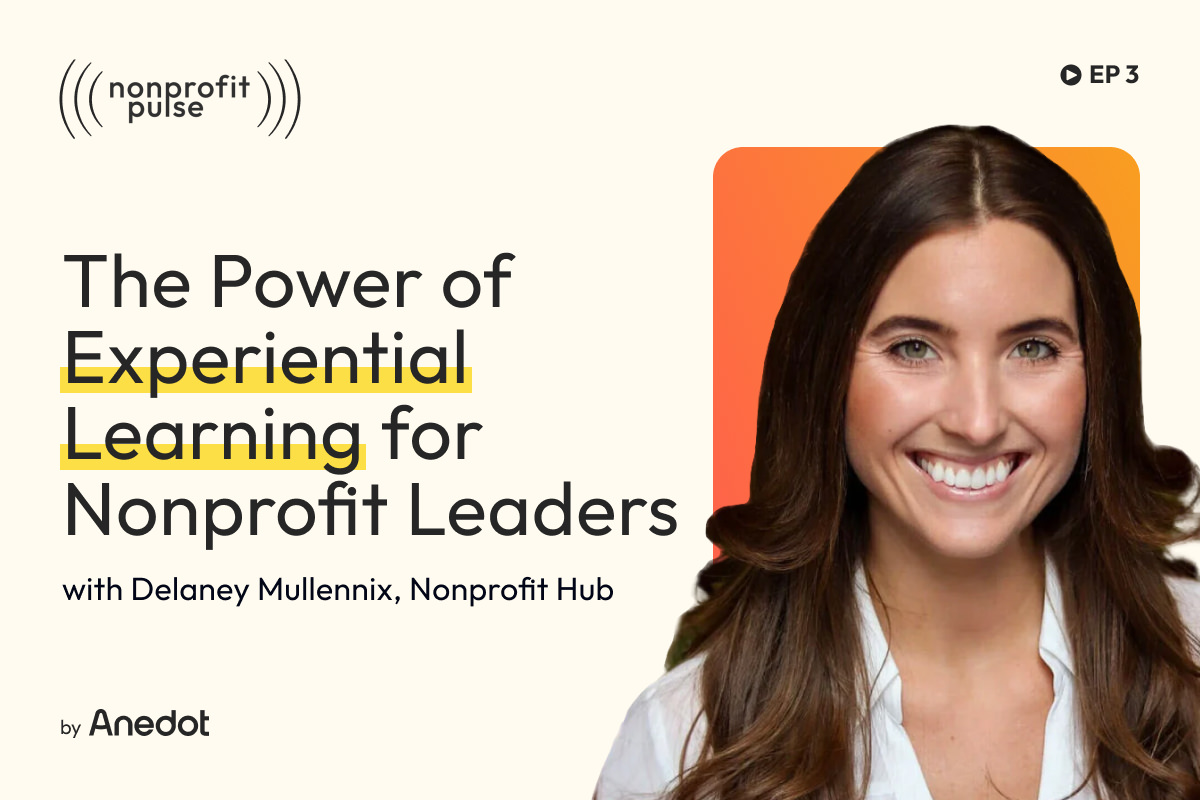Video transcript ↓
For a nonprofit to thrive financially, it takes building out multiple streams of revenue.
This could be from individual donations, corporate support, selling fundraising items, or strategically hosting in-person or virtual fundraisers, just to name a few.
But what's really going to play a key role in raising money for your organization is applying for grants.
Now, If you're looking for the best ways to find grants for your nonprofit, you're in luck. We took a deep dive into this topic in another video: How to Find Grants For Nonprofits.
So once you've got your game plan together on what grants to apply for, then it's time for the rubber to meet the road.
You've got to prepare a grant proposal that's going to convince someone to heavily invest in your cause. Its success will come down to everything from robust planning to intricate details of crafting a message that inspires.
We know a lot can ride on this, which is why we got you covered.
In this video, we're going to go over the best practices on how to write a grant proposal. Ready to jump in?
I'm Joseph with Anedot, and let's get into it!
6 questions to ask yourself before writing a grant proposal

Before you start writing, you want to make sure the mission of your nonprofit relates to the grant proposal. You do this by finding deep connections between the two.
This is crucial, since your organization will need to meet all the exact instructions and qualifications of the grant while providing answers that are clear, in-depth, and meaningful.
They will serve as the content you'll need to write an awesome proposal.
So, unearthing those connection points are found by asking these vital questions found below.
Grant proposal questions to ask yourself:
- Who are you serving?
- What would you do with the grant funding specifically?
- When would you look to execute on this plan?
- Why is your mission important?
- How will you execute on your plan?
- How is that plan relevant to the grant?
Who are you serving?
This question gives you an opportunity to introduce yourself and share the problem you're trying to solve.
It will also give you the opportunity to establish your credibility as a nonprofit by sharing your track record of success up to this point.
What would you do with the grant funding specifically?
This is where you'll be able to showcase your solution and share your detailed plan to spend the grant effectively.
When would you look to execute on this plan?
Timing plays a big part in grants since many of them have application deadlines and tax write-offs are involved.
So filling out this information shows your plan is ready to roll.
Why is your mission important?
Here's where you can express the heart behind what makes your organization awesome and impactful.
How will you execute on your plan?
Here you can give some high-level steps to what you're going to accomplish.
How is that plan relevant to the grant?
Here's where you'll solidify your connection to the grant and make it feel like partnering with your organization is a no-brainer.
Once you have these questions filled out, you should have more than enough content ready to start writing.
Next up, we need to talk about who you're writing to.
Identify your audience for your grant proposal

Now let's talk about identifying your audience and what they care about.
Again, we covered this extensively in our "How To Find Grants For Nonprofits" video.
But to summarize, you should ask yourself, "Is this an organization asking for applications based on a specific geographic area? Is it based on a specific interest?"
Understanding your reader and potential competition can help you craft a message that gives your organization a better chance at receiving the grant.
By recognizing who is reading your proposal, you will start having an idea as to their expertise in an area, and as a result, what message is most likely to be effective.
Many times, grant funding decisions are made based on attention to detail and the thoroughness of the plan present in the proposal.
Because of this, be sure to pay attention to every criterion in the instructions and make sure you are speaking to that request to a tee.
One exercise to consider would be to think in advance, "If someone was reading this proposal, what questions would they have?"
From there, you can build those answers into the proposal. It can also help to get a second set of eyes, so bring in a few colleagues or friends to participate in the same exercise.
With that being said, there are thousands of grants available for nonprofit organizations.
We’ve put together a list to help you find grants for nonprofits, organized by the type of nonprofit: charities, churches and ministries, and education. Check out the list: Find Grants for Nonprofits.
Many grants are only available for projects, rather than normal business expenses, so these could be perfect to augment fundraising events/projects.
Create the perfect grant proposal

Alright, now that you have all of your content gathered and a firm understanding of who your audience is, it's time to start writing.
Now, most grants have a rigid format requirement. So, please follow the directions provided to you.
However, most funders want the same type of information.
So this outline should meet the needs of most funders, or it should at least guide you when approaching a funder that does not have a required format.
Pro-Tip: Make sure everything you write is as clear and direct as possible.
Alright, let’s hop in. I’ll share some tips with each section of the outline.
Grant proposal outline:
- Cover letter
- Executive summary
- Need statement
- Goals and objectives
- Program plan
- Budget
- Evaluation plan
Grant proposal cover letter
First up is a grant proposal cover letter. This will paired with the completed grant proposal.
Now, writing this can be tricky because you don't want to simply re-use the content you will write later, but your goal here is to really catch the attention of the reader.
It's your elevator pitch, and will leave a first impression.
So be sure to address your letter to the person receiving the grant, state what you want, and summarize your plans.
You need to make them care about what you are doing and connect with it immediately.
Sharing personal stories along with strong supporting data that outlines the need for the cause is a great way to do this.
Executive summary
Second, an executive summary.
This should be communicated with energy and urgency, since it will be the first part of the grant proposal the reviewer reads.
This should be short and to the point. It is a summary of what is in your proposal.
Need statement
Next up, a need statement is your opportunity to explain why your organization needs the funding and the impact it could make.
Assume the person knows very little about your organization and does not make assumptions on their knowledge of your organization.
Goals and objectives
Goals and objectives will outline what you plan to do and accomplish with the grant.
You should use the "SMART" system of specific, measurable, achievable, relevant, and time-bound to build your objectives.
Program plan
Then there's a program plan.
This explains how and when you will accomplish your goals and objectives.
It takes the earlier items and goes a step further to show the reader that you are serious about the grant.
Budget
Your budget should include specifically how you will use the grant funding and how it will be tied back to the plan.
If you're going to use a mix of different funding sources, you should mention both how you will use the grant funding and how that ties into the bigger picture.
Many times a foundation will want to know that they are not the only funding source for a project.
Evaluation plan
Last up is your evaluation plan.
This is where you'll define the success of the grant. How will the funders know that the money they gave you will have an impact?
This should tie into your goals and objectives so you can explain the data you will collect to know that you've been successful.
Closing thoughts

Here at Anedot, we don't provide grants or grant software, but we do make it easier for nonprofits to collect donations from individuals and organizations.
Sign up for an Anedot account today if you need help collecting online donations for your nonprofit.
And that's it! Hopefully, you can use these tips and tricks to write your next grant proposal!
If you've made it to the end of this video, we just want to say thank you! It definitely helps the algorithm to push our content to more people.
We've had quite a few new subs since we re-launched our channel roughly 6 months ago, and we're just really grateful for your support and know there's greater things ahead.
Let us know in the video comments section what you would like us to talk about next, because we want to be an awesome resource for you on your journey to make an impact in your community.
Thanks for watching! Again, be sure to like, subscribe, and hit the notification button for more videos like these. Also, be sure to check us out on social media.
I’m Joseph with Anedot, and we’ll see you next time!
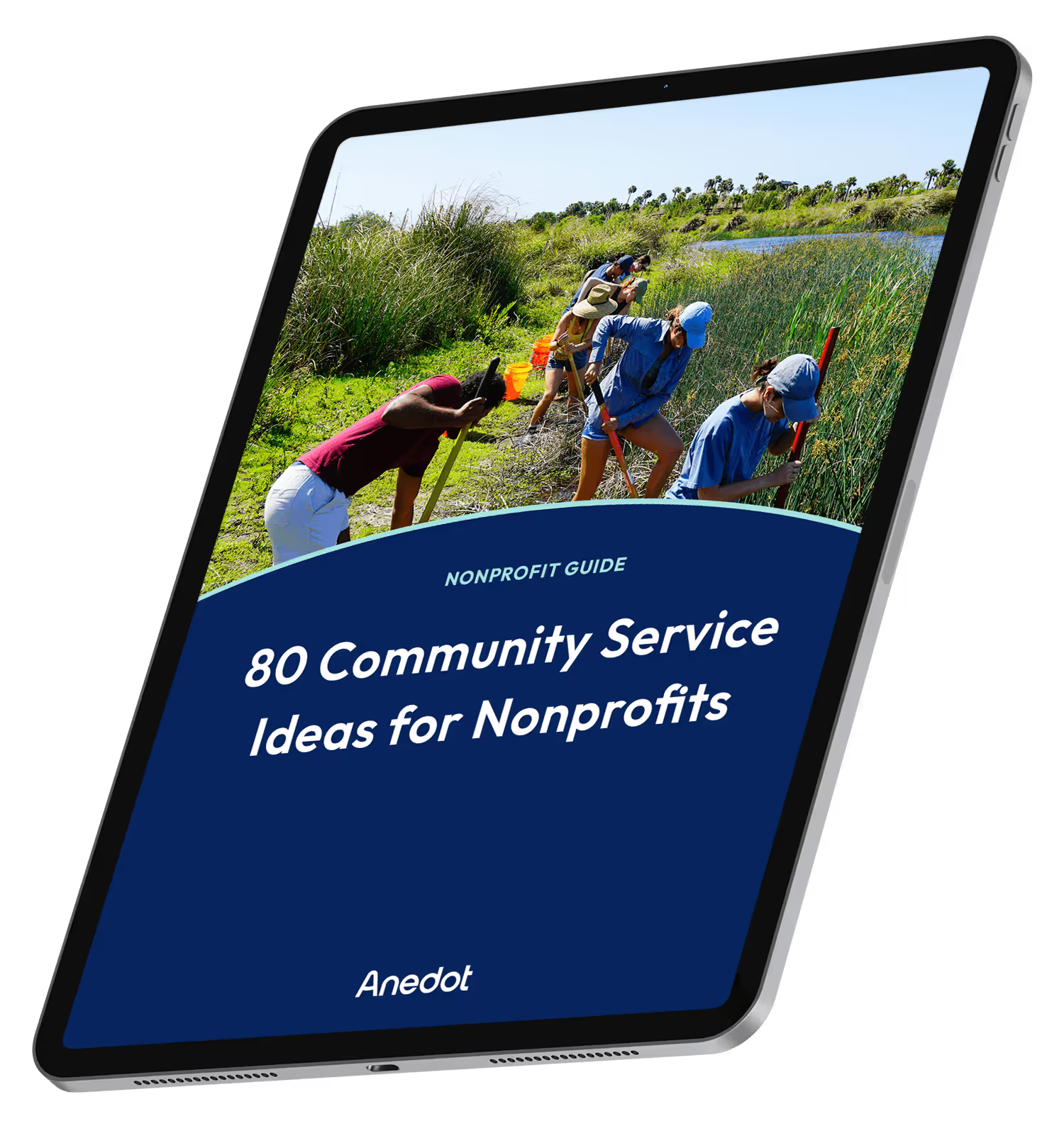
80 Community Service Ideas for Nonprofits
